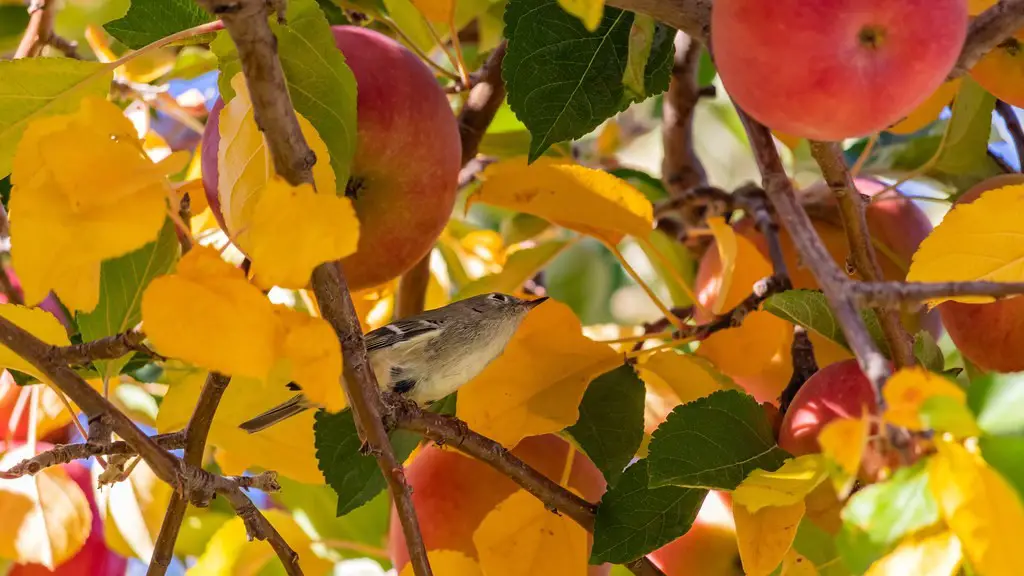The scientific name for an apple tree is Malus domestica. This member of the rose family, sometimes known as the apple cultivar, is native to Central Asia and is used in many parts of the world for both cultivation and decoration. The genus name comes from the Latin for apple, mala, as it was believed to grow on the same tree as the pomegranate. The species name domestica comes from the fact that it has been greatly cultivated by humans.
Origin and History
Malus domestica is believed to have originated in Central Asia, where it has been growing wild since prehistoric times. It is one of the most ancient domesticated crops, and records show it was used in both religious ceremonies and for food by early civilizations as far back as 3000 BC. Records also indicate it was used in Ancient Greece and Rome, and by the Middle Ages it had reached Europe and the United Kingdom, where it is still widely cultivated today. It is believed to have been introduced to the Americas by European settlers in the 17th century.
Fruit Characteristics
Malus domestica produces apple fruits with a sweet and sour taste. Apples vary in size, shape, color, and taste, with over 7,000 recognized varieties. The most popular cultivar of the tree is the ‘Delicious’, which is characterized by its deep red skin and sweet flavor. Other popular cultivars include ‘Granny Smith’ and ‘Golden Delicious’, which produce green and golden-yellow apples respectively. Apples can be eaten raw, cooked, juiced, or used to make desserts.
Growth and Cultivation
Malus domestica is a deciduous or semi-deciduous tree that can grow up to 15 meters in height. The species typically produces white or pinkish-white flowers that form a spreading cluster at the ends of the branches. The apple fruits grow in clusters and are green before they ripen and become sweet and fragrant. The tree can be propagated by planting its seeds, or cuttings or grafting.
Uses of Apple Trees
As well as for its fruits, Malus domestica is also widely used for its ornamental value. It is often grown in parks, gardens and along street sides for its attractive and fragrant flowers, and its colorful fruits. The wood of the tree is also used in furniture making, and the bark and leaves contain tanning agents for making leather. Apples are also used for making juice, cider and various dessert dishes.
Health Benefits of Apples
Apples are rich in antioxidants and fiber and are considered to be a healthful snack. They contain the pectin fiber which helps the digestive system and encourages weight loss. Apples are also high in vitamin C and potassium and are known to reduce cholesterol levels, improve heart health and reduce the risk of cancer.
Diseases Affecting Apple Trees
Malus domestica is susceptible to a number of pests and diseases, which can affect the growth, yield and health of the tree. Common diseases include apple scab, fire blight, powdery mildew and cedar rust. Pests such as aphids, codling moths, leaf miners and spider mites can also cause damage to the tree if left untreated. Regular inspection and proper care is essential for maintaining the health of an apple tree.

